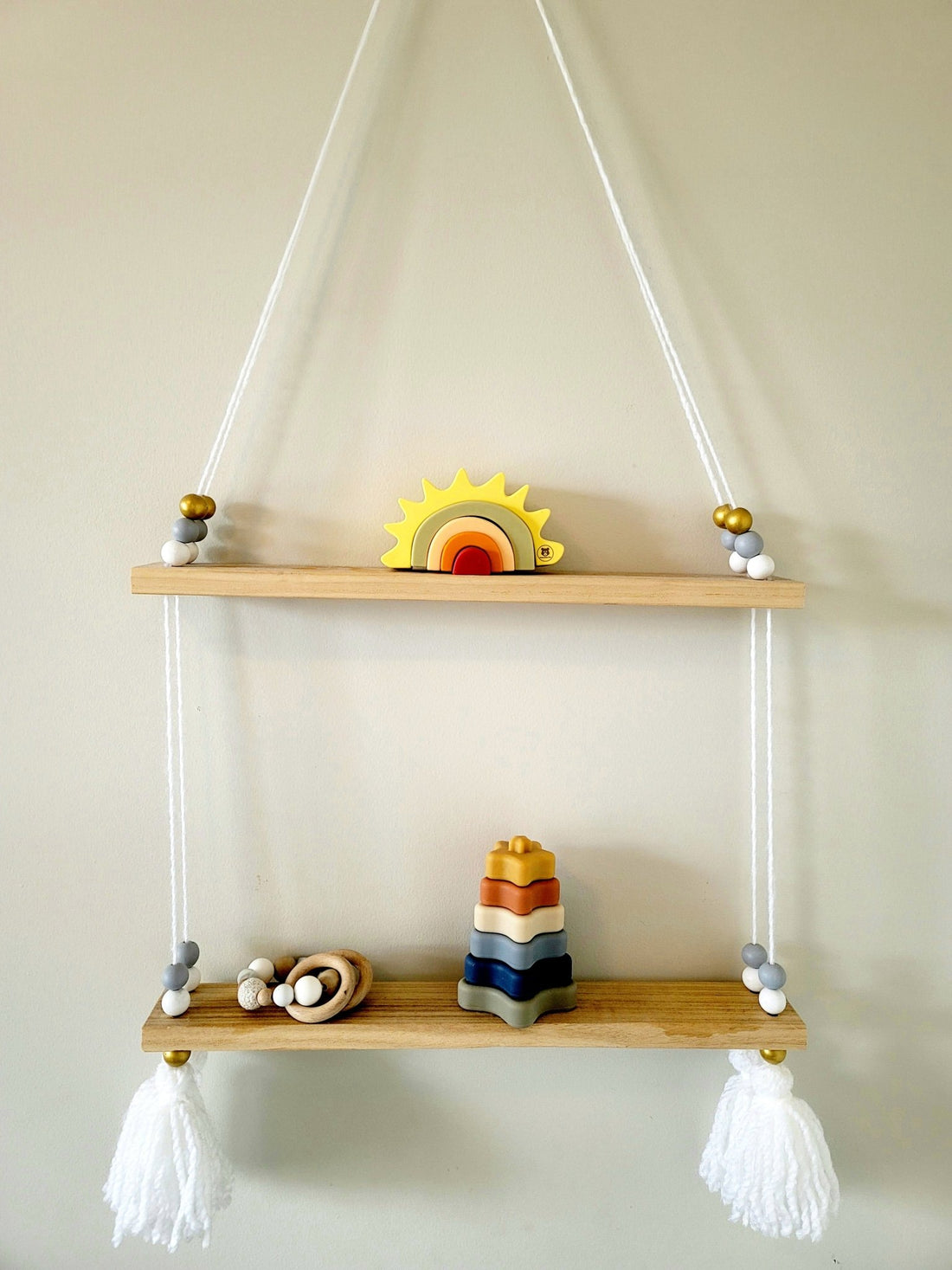
Montessori at Home PT1
Share
Montessori At Home (pt 1)
So, you have read our previous articles about what Montessori is and the benefits of it (if you have not, make sure to catch up here). Now it is time talk about Montessori at home, ideas and how to set it up so you can start implementing it to your child(ren) from the newborn stage to toddlerhood and eventually their older years.
Maria Montessori, an Italian physician and child expert, worked closely with children of all ages. She discovered that all children are unique in their own way and that each child learned differently and showed different interests for different things and activities. Therefore, Maria Montessori created a way to incorporate children of all ages in one room and present them with different activities tailored to each and one of them. She emphasized that children were in charged of their own learning and interaction with the environment. She created activities and ideas about how the Montessori method could be implemented at home.
Since Montessori requires simple things with simple activities, normally Montessori can be set up at home without a problem or spending too much money. There is no need to make our homes look like a Montessori classroom, we just need a space or area to make the baby feel special and have his/her own space. These are some of the things that can get you started for a Montessori baby and toddler (normally 0 to 12 months and 12 to 36):
- A quilted cushion, or something well-padded of your baby to rest on it or do tummy time.
- A “Moses Basket” (normally for when babies can’t sit on their own yet)
- A low mattress for sleeping/ or Montessori bed/ floor bed.
- A floor mat for movement.
- A long horizontal mirror in the movement area.
- A place to hang a mobile.
- A low shelf to display simple activities and wooden toys.
- A low table for eating (once the baby can sit and eat on their own, normally 7 or months and up)
Now, that we have the basic things to get us started, let’s begin by choosing a space in our home that can serve as an area for our baby or child to freely explore and play with activities. It does not have to be a very big area (after all we are just starting) and does not require a lot of things. Montessori education supports the idea that simples and less are more. We do not want to overstimulate or overwhelm our baby or child to the point that they will lose interest in the activities or become confused and frustrated.
The Montessori education emphasizes the idea of letting the child explore his/her environment freely; therefore, we should create a “yes” space in our home. A “yes” space it is an area where we are okay with the baby or child reaching and touching everything with little intervention from the adult saying “no”, “don’t do that, don’t touch that or be careful”. So, we have to remove any obstacles that can obstruct the babies learning. The Montessori approach tends to avoid using playpens, baby boxes, or cribs as they constrain the baby’s movements and exploration. The only time you should use a playpen is when parents are ironing, cooking or going to the bathroom. We will be discussing more in our next article ways to set up different areas of our home in a Montessori style to aid our children during their learning experience, and type of activities.
To sum up, the idea of setting up a Montessori environment at home is not to replicate that of a Montessori classroom. Instead, the idea is to use an area of our home where we can create a “yes” space for our babies and children to explore, learn, play and develop their skills. The Montessori approach embraces the idea that less is more, so setting up a Montessori environment at home should only require simple things and activities that will not break the bank or overwhelm our children.
If you enjoyed reading this article, make sure to subscribe to our newsletter(at the bottom of our website) for more articles like this one.
Stay tuned for our next article "Montessori at Home Pt2".



